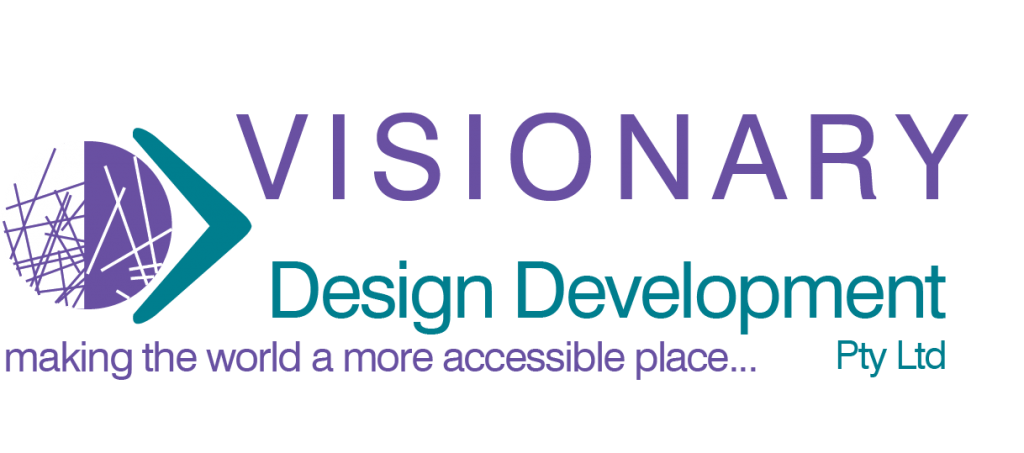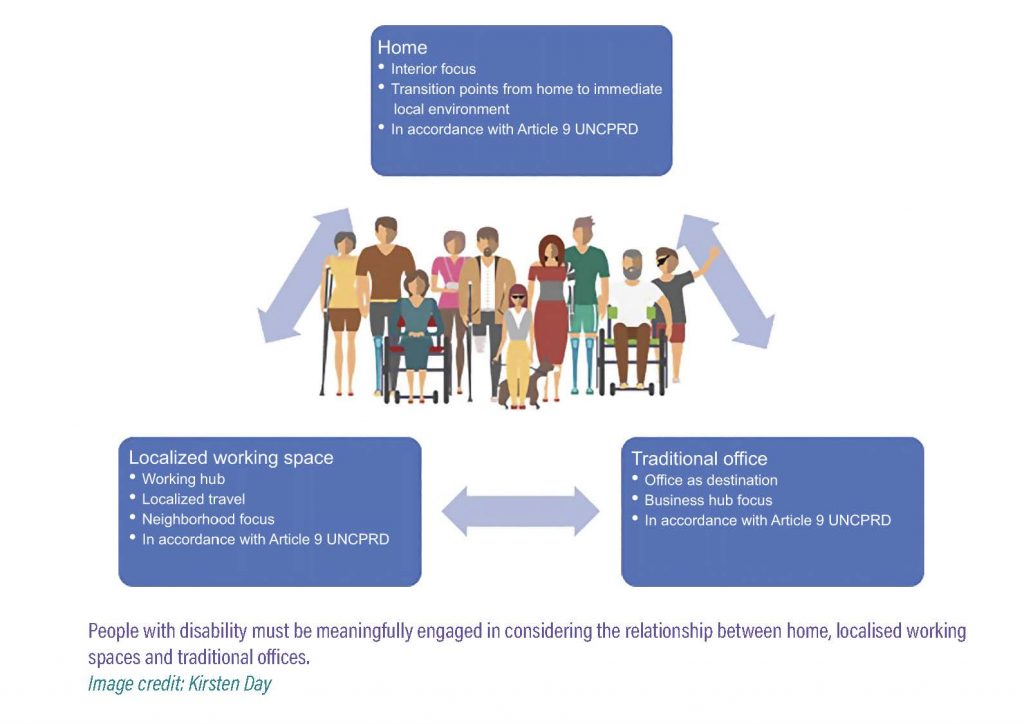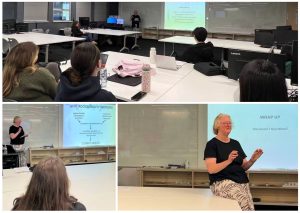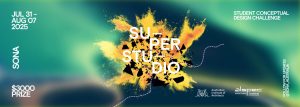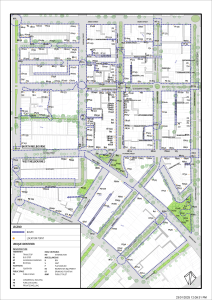Abstract
Purpose
The COVID-19 pandemic has engendered changes in previously unimaginable timeframes, leading to new ways of working, which can quickly become the “ordinary” way of working. Many traditional workplace and educational practices and environments, however, are disadvantageous to people with disability and consequently are under-represented in the workforce and higher education.
Design/methodology/approach
Contributing factors include exclusionary societal and employer attitudes and inaccessible built environments including lack of attention to paths of travel, amenities, acoustics, lighting and temperature. Social exclusion resulting from lack of access to meaningful work is also problematic. COVID-19 has accelerated the incidence of working and studying from home, but the home environment of many people with disability may not be suitable in terms of space, privacy, technology access and connection to the wider community.
The article was co-authored with Andrew Martel and Kirsten Day of Melbourne University.
